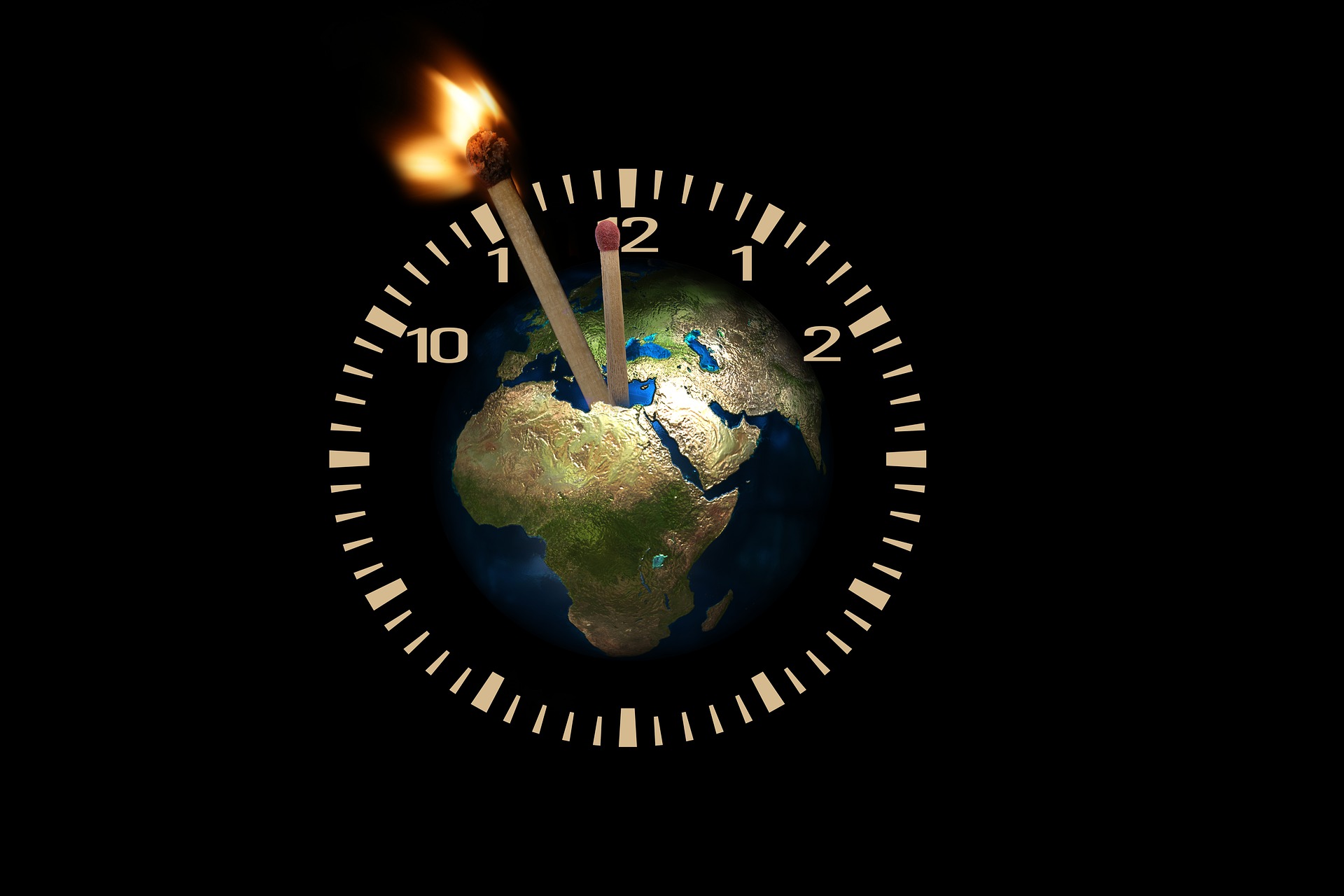Climate researcher Helga Kromp-Kolb takes stock of a year full of extremes such as droughts, fires and floods. Action must be taken in 2023, experts say.
For many people, the 2022 climate crisis has become a climate catastrophe. Among the worst events was the heat wave that lasted for weeks in India and Pakistan in April, bringing peak temperatures above 50 °C. It was also boiling in Canada, Argentina and Europe. Peak temperatures above 40 °C in some cities in the U.K. are equivalent to 1500-year events. The year 2022 will be among the six warmest years on record – all having occurred since 2015.
With the heat came forest fires – in Europe, 660,000 hectares of forest fell victim to flames by mid-August – with corresponding CO₂ emissions that exacerbate climate change. Record low water levels in the Po and Rhine rivers led to problems with water supply, electricity production and shipping, exposing unexpected dependencies.
A second catastrophic flood hit Pakistan: 33 million people were affected by floods, and about 1600 died. No wonder the country’s government strongly advocated a fund to compensate developing countries for climate damage at the global climate conference in Egypt (COP27). The fund is coming, but it will remain unfunded for the time being. In terms of emissions reductions, this COP leaves nothing to be desired. Since not much can be expected from the following two COPs, other strategies must be developed.
The emissions of the super-rich cannot be ignored any longer. Energy-intensive space flights and private submarines for deep-sea diving are the tips of an irresponsible lifestyle. The wealthiest 0.54 percent of the population accounts for about 14 percent of global emissions. The carbon footprint of the richest one percent will be about 30 times higher per capita in 2030 than that consistent with the 1.5-degree target.
Year of weather extremes also in Austria
A dry, warm spring in Austria is followed by a hot and sunny summer, with small-scale heavy precipitation leading to local flooding and debris flows. On August 18, a storm front with strong squalls moved from Italy across East Tyrol, Carinthia and Styria to Lower Austria, paralyzing power and traffic lines.
Above-average temperatures and below-average precipitation led to deficient water levels and widespread problems with drought. Particularly noticeable was the marked retreat of glaciers due to low snow levels from the previous winters, several Saharan dust events and the hot, dry weather.
Austria’s climate policy makes gratifying forward steps but then, unfortunately, takes them back again: the eco-social climate tax is introduced – too late, too low – but then suspended again for months. The long overdue Energy Efficiency Act is presented, but at the same time, the energy consumption of the economy is subsidized. The climate protection law continues to be a long time coming.
2022 could have been the year of the turning point
Policy responses remain slow. No wonder desperate young people are looking for ways to wake up. Instead of taking legal action for climate protection, politicians seek solutions in legal action against climate activists.
Much more effective for the energy transition than concerns about the climate future may prove to be the explosion in energy costs, fueled in Europe by the economic war with Russia and the energy woes of France, which must compensate for the technical failures of its nuclear power plants. Despite misguided investments, such as in LGN ports in Germany, and gas imports from previously outlawed countries that make sense at best in the short term, 2022 could go down in history as a turning point in terms of fossil fuel use, says the International Energy Agency.
Hopes are pinned on the U.S., among others, using its inflation-fighting measures for climate protection – in the form of grants, tax credits and loans to promote the expansion of renewable energies and energy efficiency in private households things. It’s a big first step that puts the E.U. on the spot.
- source: krone.at/picture: Bild von Gerd Altmann auf Pixabay
This post has already been read 1289 times!



